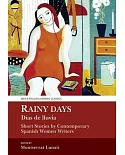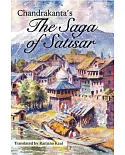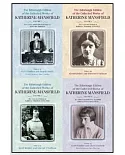This book explores the formations and configurations of British colonial discourse on India through a reading of prose narratives of the 1600-1920 period. Arguing that colonial discourse often
relied on aesthetic devices in order to describe and assert a degree of narrative control over Indian landscape, Pramod Nayar demonstrates how aesthetics furnished both a vocabulary and
representational modes for the British to construct particular images of India. Aesthetics helped not only to describe the landscape, but also to discursively 'prepare' it for colonial projects
and intervention. Aesthetics was thus a crucial anterior moment in the rhetoric of colonial India - it narrated, and it colonized.





















